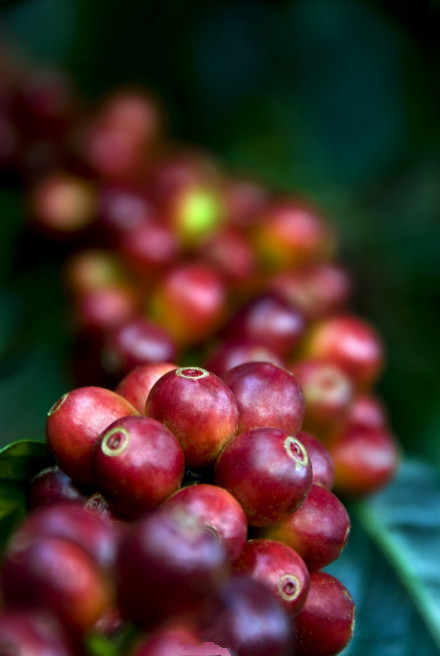Coffee from Mexico

Mexico (Mexico) is the fourth largest coffee producer in the world. Most of its coffee is produced by nearly 100000 small farmers, and large estates that once manipulated the coffee industry are rare.
The origin of coffee in Mexico:
The best coffee producer in Mexico is Chiapas in the south of the country, where coffee varieties including Tapanchula and Huixtla are grown. The Oaxaca region also produces high-quality coffee beans, of which the PlumaCoixtepec coffee beans, which are grown in natural conditions, are the best. The Oaxaca region also produces Altura Orisaba (AlturaOrizaba) coffee and Altura Vatusco (AlturaHuatusco) coffee. The Altura Coata Paike (AlturaCoatapec) region produces Veracruz (Veracruz) coffee. The best giant coffee beans in Mexico are LiquidambarMS coffee beans.
The characteristics of Mexican coffee:
Some people think that the best giant coffee beans are produced in Mexico rather than Guatemala, but the supply and quality of coffee beans in both places can change. The coffee beans, known as Maragogype, have large particles, and the coffee produced is smooth, mellow and fragrant. The poverty of farmers has caused most coffee to grow under natural conditions, that is, without the use of chemicals such as insecticides or fertilizers.
Flavor: smooth, fragrant, mellow
Suggested baking method: excellent flavor after deep baking
★★: good
The market for Mexican coffee:
The Mexican Coffee Association (InstitutoMexicanodelCafe, or Inmecafe) controls the coffee industry. The Coffee Association controls both coffee cultivation and the market for coffee beans that can be exported since November. The association provides farmers with minimum purchase prices, technical advice and other assistance. However, since 1991, the Coffee Association's activities have been reduced and its functions are likely to be further weakened.
The collapse of the coffee agreement (CoffeeAgreement) and the disappearance of price support have actually helped some producers by forcing them to develop their own brands and gain closer ties with domestic and foreign markets, while the NAFTA agreement between Canada, the United States and Mexico will further help Mexican products export to North America.
Important Notice :
前街咖啡 FrontStreet Coffee has moved to new addredd:
FrontStreet Coffee Address: 315,Donghua East Road,GuangZhou
Tel:020 38364473
- Prev

St. Helena Coffee Coffee
Coffee was first cultivated on St. Helena in 1732. Although other plants introduced since the 1860s have failed, coffee trees have taken root and flourished here. The island has also undergone a coffee improvement campaign aimed at producing the best quality coffee. St. Helena coffee growing area: St. Helena coffee trees planted out
- Next

Coffee from Venezuela
Coffee trees were imported from Martinique as early as 1730, but coffee production was almost abandoned during the heyday of the oil industry. Coffee plantations have recently begun to revive, with the old Tipica and Bourbon trees and new plantations laying the groundwork for coffee exports.
Related
- Detailed explanation of Jadeite planting Land in Panamanian Jadeite Manor introduction to the grading system of Jadeite competitive bidding, Red bid, Green bid and Rose Summer
- Story of Coffee planting in Brenka region of Costa Rica Stonehenge Manor anaerobic heavy honey treatment of flavor mouth
- What's on the barrel of Blue Mountain Coffee beans?
- Can American coffee also pull flowers? How to use hot American style to pull out a good-looking pattern?
- Can you make a cold extract with coffee beans? What is the right proportion for cold-extracted coffee formula?
- Indonesian PWN Gold Mandrine Coffee Origin Features Flavor How to Chong? Mandolin coffee is American.
- A brief introduction to the flavor characteristics of Brazilian yellow bourbon coffee beans
- What is the effect of different water quality on the flavor of cold-extracted coffee? What kind of water is best for brewing coffee?
- Why do you think of Rose Summer whenever you mention Panamanian coffee?
- Introduction to the characteristics of authentic blue mountain coffee bean producing areas? What is the CIB Coffee Authority in Jamaica?

